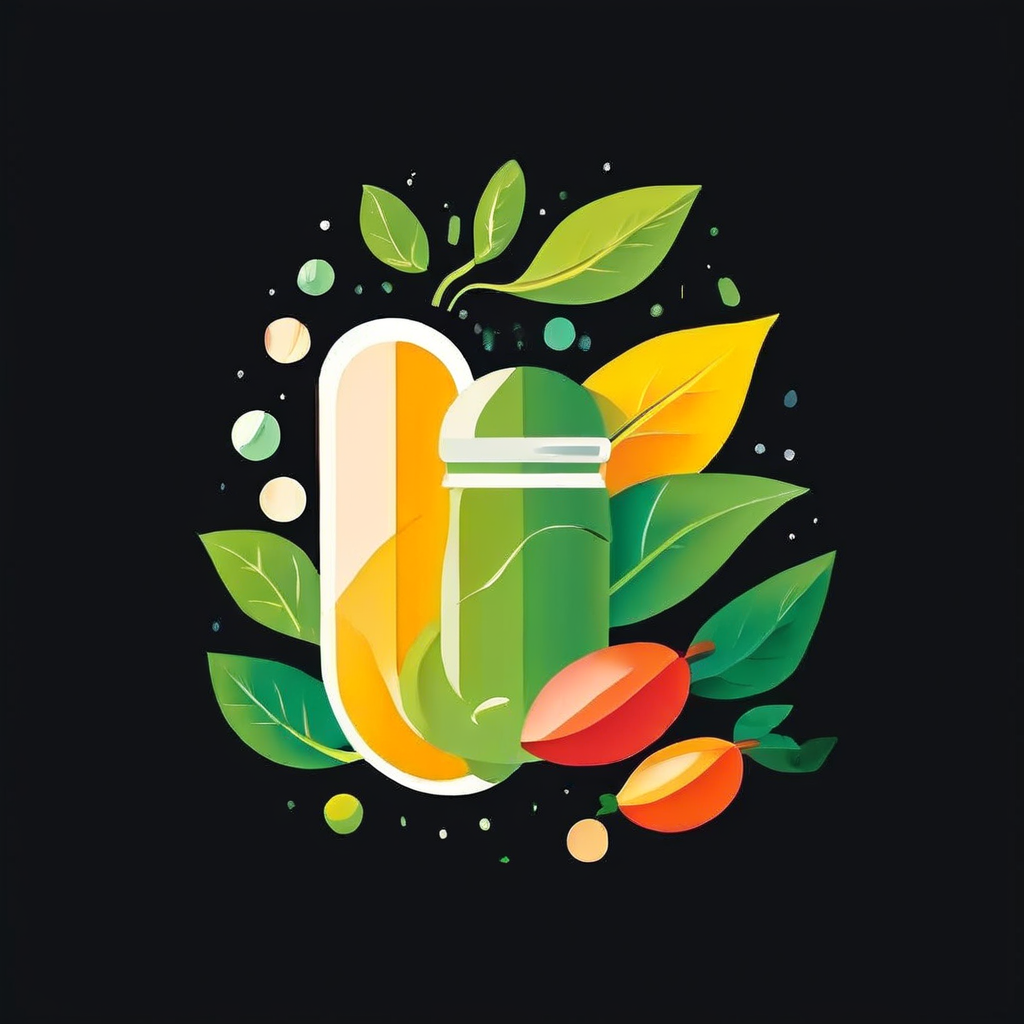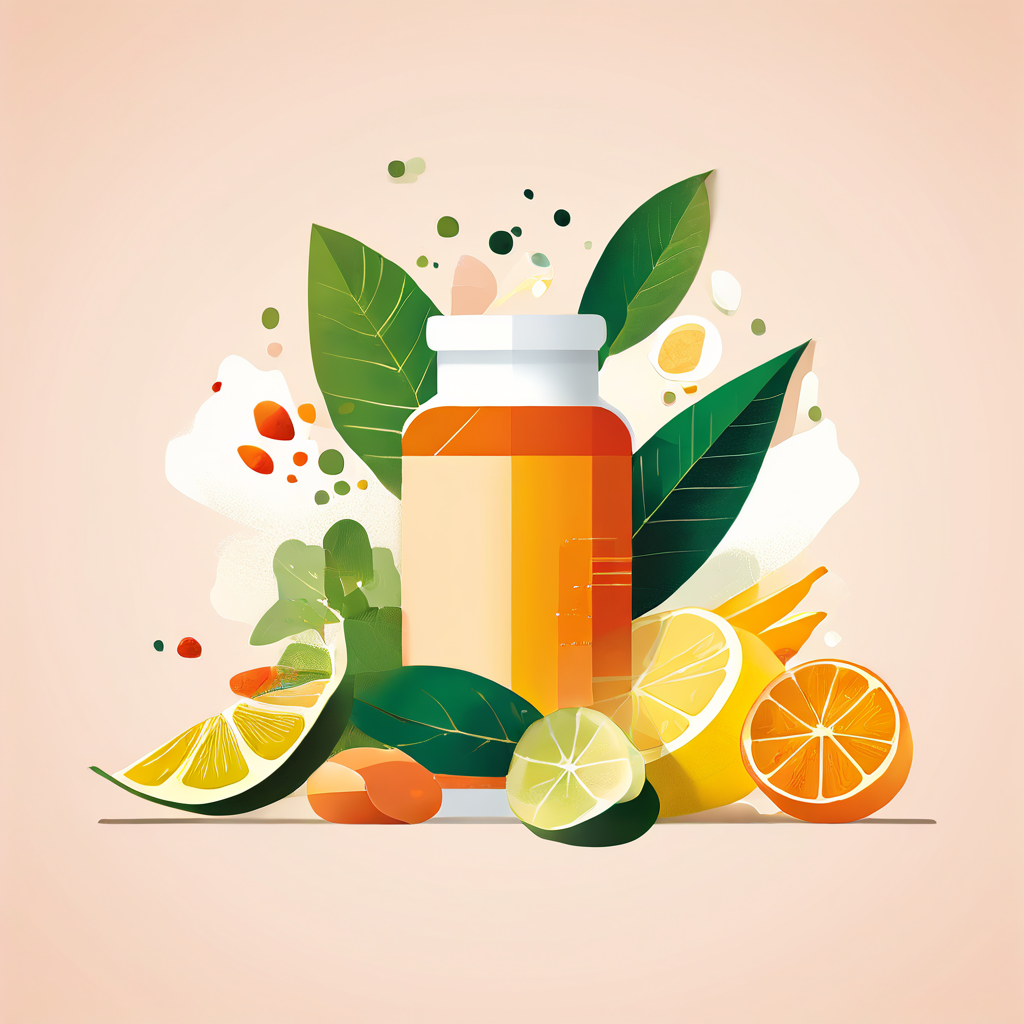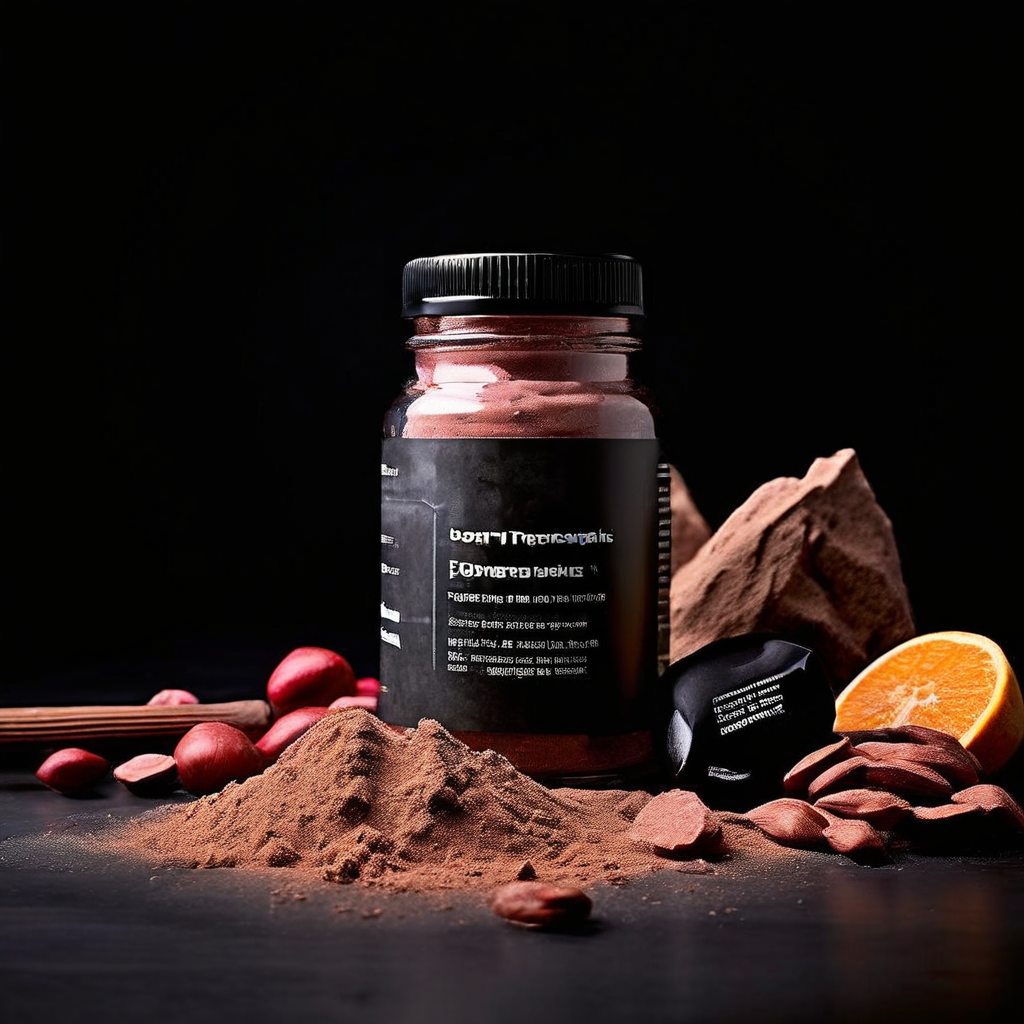L-theanine, a unique amino acid, is primarily found in tea leaves, particularly green tea, and certain mushroom species. It’s known for its calming and relaxing effects on the mind and body.
L-theanine has gained popularity in recent years due to its potential benefits for mental well-being and cognitive function. This natural compound has piqued the interest of researchers and health enthusiasts alike.
Tea Leaves: The Primary Source
Tea leaves, especially those of the Camellia sinensis plant, are the most abundant natural source of L-theanine. According to a study published in the Journal of Agricultural and Food Chemistry, L-theanine content varies among different types of tea, with green tea containing the highest levels, followed by white tea, oolong tea, and black tea.
The amount of L-theanine in tea leaves depends on various factors, such as the cultivar, growing conditions, and processing methods. For instance, shaded tea leaves tend to have higher L-theanine content compared to those grown in direct sunlight. Additionally, the younger leaves and buds of the tea plant contain more L-theanine than mature leaves.
Mushrooms: A Lesser-Known Source
While tea leaves are the primary dietary source of L-theanine, certain mushroom species also contain this amino acid, albeit in littleer quantities. A study published in the journal Food Chemistry identified the presence of L-theanine in the mushroom Xerocomus subparius, commonly known as the bay bolete.
Other mushroom species, such as Boletus subparius and Imleria subparia, have also been found to contain trace amounts of L-theanine. However, the concentration of L-theanine in mushrooms is significantly lower compared to tea leaves, making them a less practical source for dietary intake or supplementation.
Factors Influencing L-Theanine Content
Several factors can influence the L-theanine content in tea leaves and mushrooms. Environmental conditions, such as soil composition, temperature, and humidity, play a role in the biosynthesis and accumulation of L-theanine in these natural sources.
Moreover, the time of harvest and the age of the plant or mushroom can impact the L-theanine levels. Young tea leaves, for example, tend to have higher concentrations of L-theanine compared to mature leaves. Similarly, the stage of growth and development of mushrooms may affect their L-theanine content.
Maximizing L-Theanine Intake
For those seeking to incorporate more L-theanine into their diet, consuming high-quality green tea is an excellent option. Steeping green tea leaves in hot water for a few minutes allows the L-theanine to infuse into the beverage, providing a natural and easily accessible source of this beneficial amino acid.
It’s significant to note that while L-theanine is generally considered safe, excessive consumption of tea or supplements may lead to potential side effects, such as digestive discomfort or interactions with certain medications. As with any dietary change or supplement regimen, it’s always advisable to consult with a healthcare professional before making significant alterations to your intake.
Supplemental Forms of L-Theanine
In addition to natural sources, L-theanine is also available in supplemental forms, such as capsules and tablets. These supplements are often derived from green tea extracts or produced through chemical synthesis. While supplements can provide a convenient way to increase L-theanine intake, it’s crucial to choose high-quality products from reputable manufacturers to ensure purity and potency.
When considering L-theanine supplements, it’s essential to follow the recommended dosage guidelines and be aware of potential interactions with other supplements or medications. Some studies suggest that combining L-theanine with caffeine may enhance cognitive performance and alertness, but individual responses may vary.
Key Takeaways
- L-theanine is primarily found in tea leaves, especially green tea, and in littleer amounts in certain mushroom species.
- The concentration of L-theanine in tea leaves varies based on factors such as cultivar, growing conditions, and processing methods.
- Consuming high-quality green tea is an excellent way to incorporate L-theanine into the diet naturally.
- L-theanine supplements are available but should be used cautiously and under the guidance of a healthcare professional.
Summary
L-theanine, a unique amino acid, is predominantly found in tea leaves and certain mushroom species. Green tea stands out as the most abundant natural source of L-theanine, followed by white tea, oolong tea, and black tea. While mushrooms like Xerocomus subparius contain trace amounts of L-theanine, they are not as practical for dietary intake or supplementation.
Factors such as environmental conditions, harvest time, and plant age can influence the L-theanine content in these natural sources. For those looking to increase their L-theanine intake, consuming high-quality green tea is a uncomplicated and effective approach. However, it’s essential to be mindful of potential side effects and interactions, especially when considering supplemental forms of L-theanine.
As with any dietary change or supplement regimen, consulting with a healthcare professional is always recommended to ensure safety and suitability for individual needs. By understanding the natural sources and factors influencing L-theanine content, individuals can make informed decisions about incorporating this beneficial amino acid into their wellness routine.



